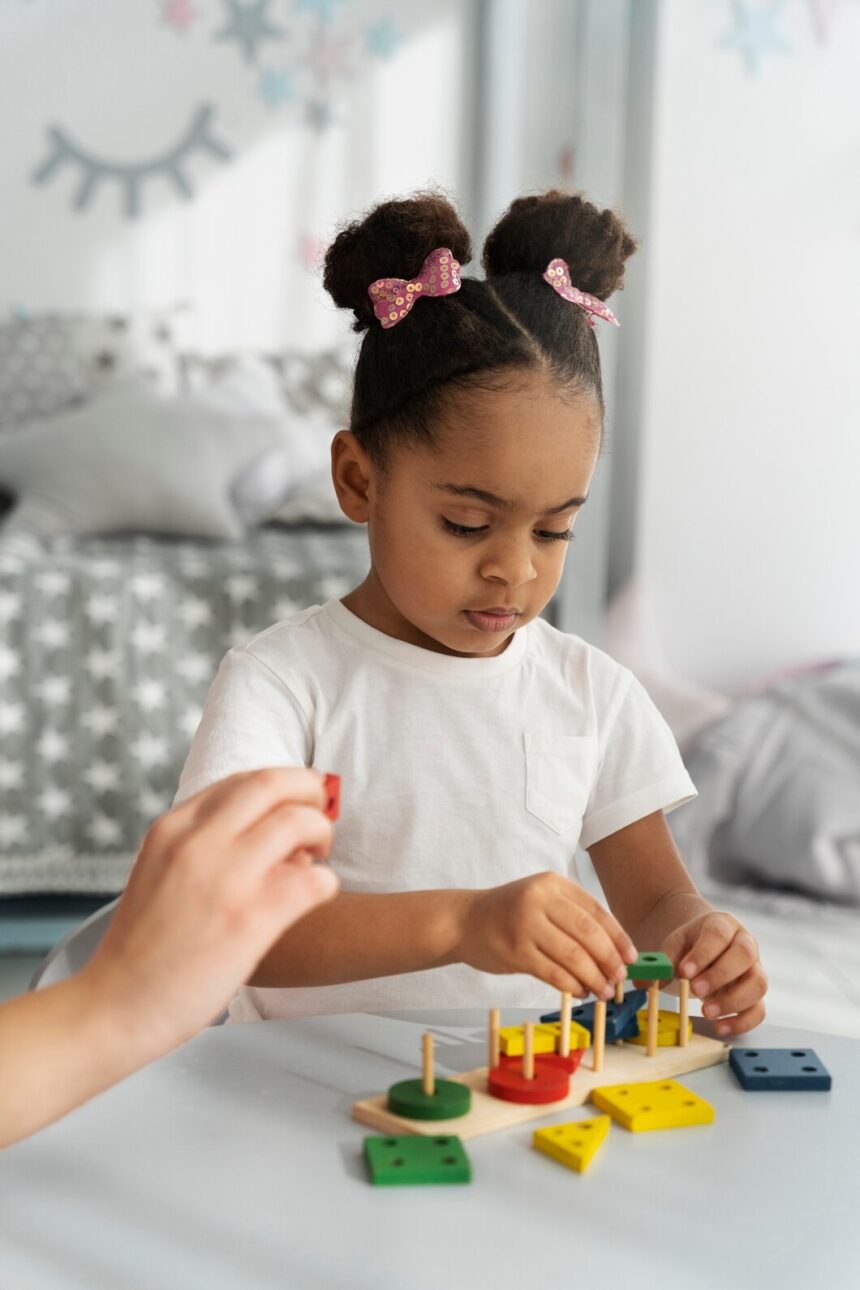The early years of a child’s life are critical for development, and by the age of 3.5 years, children reach numerous developmental milestones across various domains: physical, cognitive, social-emotional, and language. Understanding these milestones can help parents and caregivers support their child’s growth and identify any areas that may require additional attention. This article outlines the key milestones for a 3.5-year-old child.
Physical Development
At 3.5 years old, children show significant advancements in their physical abilities. Some key milestones include:
Gross Motor Skills:
- Running and Jumping: Most children can run with confidence, jump with both feet, and hop on one foot for a short distance.
- Climbing: They can climb playground equipment or furniture with increasing ease and balance.
- Throwing and Catching: Children are able to throw a ball overhand and catch a large ball thrown at them from a short distance.
Fine Motor Skills:
- Manipulating Objects: They can manipulate small objects, such as building blocks or puzzles, demonstrating improved hand-eye coordination.
- Drawing and Coloring: Children begin to draw simple shapes and may be able to copy a circle or a cross. They can also hold crayons or markers more effectively.
- Self-Care Skills: Many children can begin to dress themselves with minimal assistance, including putting on shoes and jackets.
Cognitive Development
Cognitive milestones reflect a child’s growing ability to think, learn, and solve problems. At this age, children demonstrate:
Problem-Solving Skills:
- Children can solve simple puzzles and begin to understand cause and effect relationships (e.g., understanding that pushing a toy will make it move).
- They may engage in basic counting and recognize some numbers or letters.
Imaginative Play:
- Dramatic play becomes more sophisticated, with children often engaging in role-playing activities, such as pretending to be a doctor, teacher, or parent.
- They may create stories and scenarios, demonstrating their expanding imagination.
Memory and Attention:
- At this age, children have improved attention spans and can follow simple instructions with two or three steps (e.g., “Pick up the toy and put it in the box”).
Social-Emotional Development
Social-emotional development is crucial as children learn to interact with others and understand their emotions. Key milestones include:
Independence:
- Children start to assert their independence, wanting to do things on their own, such as choosing their clothes or deciding what to play.
- They may exhibit a desire for control, sometimes leading to power struggles with parents and caregivers.
Emotional Expression:
- Children express a wide range of emotions, including joy, anger, frustration, and empathy. They may comfort a friend who is upset or show concern for others.
- They are beginning to understand and label their feelings, often using words to express themselves.
Peer Interactions:
- Social interactions with peers become more frequent. Children may engage in parallel play, where they play alongside other children, and start to show interest in group activities.
- They begin to understand the concept of sharing, although conflicts over toys and space are still common.
Language Development
Language skills expand significantly during this stage, with children displaying:
Vocabulary Growth:
- A 3.5-year-old typically has a vocabulary of 1,000 to 1,500 words and can combine words into longer sentences, often 4 to 5 words in length.
- They may be able to describe experiences, tell simple stories, and ask questions about the world around them.
Understanding and Following Directions:
- Children can follow simple directions and understand basic concepts, such as “in,” “on,” “under,” and “over.”
- They may also comprehend more complex questions and respond appropriately.
Pronunciation and Clarity:
- While their speech may still be somewhat unclear, they can generally be understood by familiar adults. They are increasingly able to articulate sounds correctly.
By the age of 3.5 years, children exhibit remarkable growth and development across various domains. Recognizing and understanding these milestones can help parents and caregivers support their child’s progress and promote healthy development. However, it’s essential to remember that each child develops at their own pace, and variations in milestones are normal. If there are concerns about a child’s development, consulting a pediatrician or child development specialist can provide valuable insights and support. Encouraging exploration, play, and learning during this critical time will help lay a strong foundation for future growth and development.










